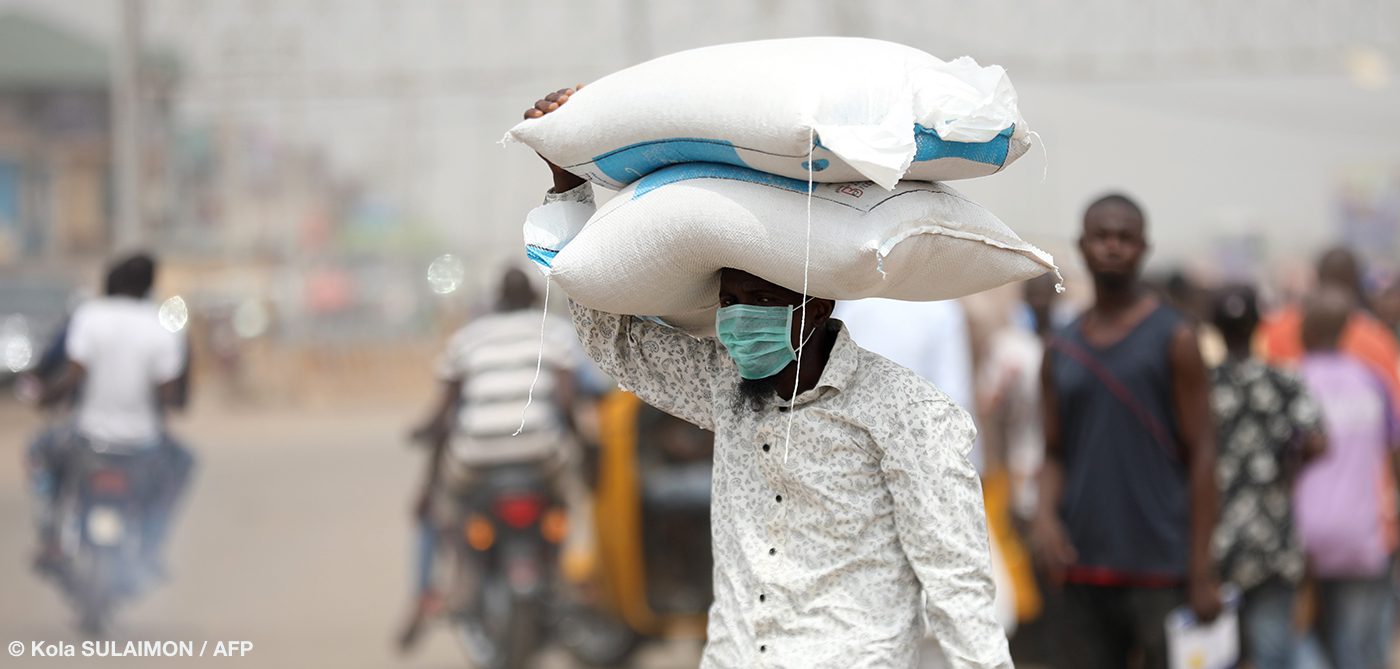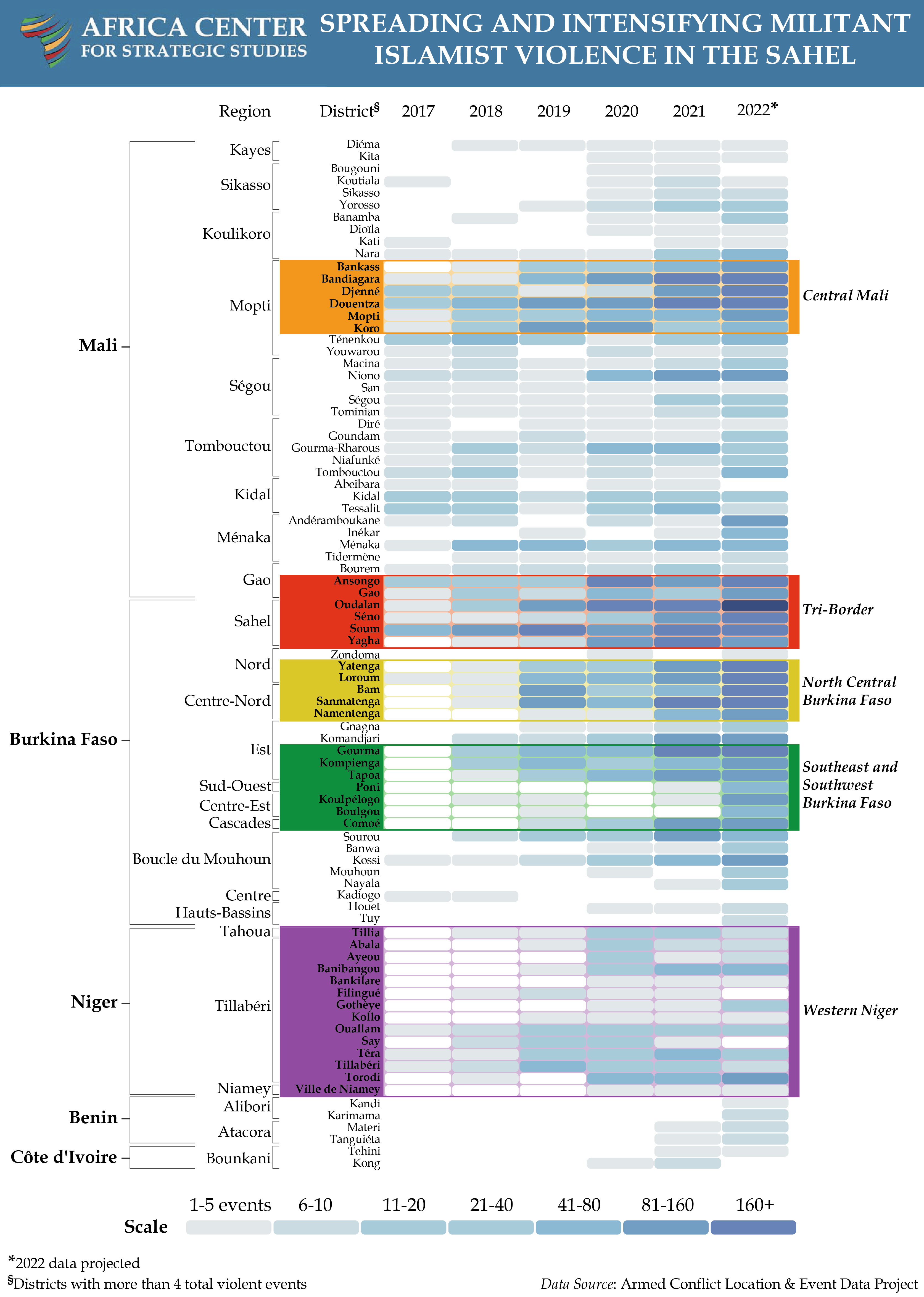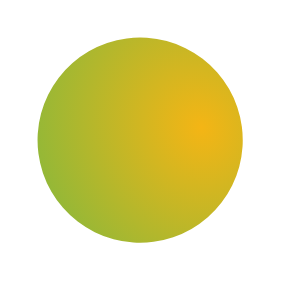Insecurity is gaining ground in Africa
11 October 2022

11 October 2022
Insurgency, terrorism, food insecurity… the risks related to security and safety in Africa are multiple and, unfortunately, increasing. In such a context, there are many challenges for companies. In this first part, we will analyze the situation in West Africa and the Sahel. A second part will be devoted to East Africa.
West Africa and Sahel
In West Africa and the Sahel, instability is a recurring theme. In 2022, the region faces simultaneous conflicts, climate-related crises, and the economic consequences of Covid-19, as well as soaring food, fuel, and fertilizer prices due to the war in Ukraine. Under these conditions, WHO estimates that at least 12.7 million people will be severely hungry in 2022 in the G5 Sahel (Mali, Niger, Burkina Faso, Mauritania and Chad).
Moreover, as the OECD writes, “violent events have become more frequent and violent in recent years and the dynamics underlying them are becoming more complex. The dynamics of regional cooperation, trade, and free movement are therefore playing out in a more precarious and unstable context, to which political and economic decision-makers must adapt. The need for accurate and reliable information is more important than ever for these actors.
The OECD finds that political violence is moving away from cities in North and West Africa, even as urban populations continue to grow at an unprecedented rate in the region. More than half of the violent events observed in 2021 took place in rural areas, compared to 20 percent a decade ago. The emergence of jihadist insurgencies in the Sahel and its southern peripheries explains this ruralization of conflicts, which affect an increasing number of civilians and border areas. Read more.
Violence in North and West Africa is evolving very differently, mainly because of the nature of the conflicts. In the first case, it is attributable to wars between regular forces and militias that retreat if an agreement is reached, as recently in Libya. In the second case, they develop into asymmetric struggles between central governments and a multitude of non-state actors, resulting in numerous civilian casualties. Between January 2020 and June 2021, 87 percent of violent events and casualties are concentrated in five countries: Nigeria, Cameroon, Mali, Libya, and Burkina Faso. Nigeria remains the epicenter.
2800 violent events in 2022
The rapid increase in violence and casualties in West Africa since the mid-2010s reflects the intensification and expansion of several interrelated conflicts. Some pockets of violence are merging. In the central Sahel, the Mali-Burkina Faso-Niger border forms a continuous band of high intensity violence in 2020. The Lake Chad region is also affected, from N’Guigmi (Niger) to Mubi (Nigeria) and Maroua (Cameroon). Another unbroken cluster of insecurity has formed from northern Nigeria to the Niger Delta. The “SCDi” spatial conflict dynamics indicator, developed by the SWAC/OECD and its partners, highlights that these border areas are more affected by concentrated, highly intense violence, a sign of entrenchment.
Map caption: The number of actions by Islamist groups has quadrupled since 2019 in the western Sahel. In 2022, there were 2,800 violent events, double the previous year. This violence has expanded in intensity and geographic scope. Five distinct zones emerge: the three borders, north-central Burkina Faso, central Mali, southeast and southwest Burkina Faso, and western Niger. Collectively, these five areas account for more than 70 percent of militant Islamist violence in the Sahel.

Légende de la carte : Le nombre d’actions émanant de groupes islamistes a quadruplé depuis 2019 dans le Sahel occidental. En 2022, ce sont 2 800 événements violents, soit le double de l’année précédente. Cette violence s’est étendue en intensité et en portée géographique. Cinq zones distinctes émergent : les trois frontières, le centre-nord du Burkina Faso, le centre du Mali, le sud-est et le sud-ouest du Burkina Faso, et l’ouest du Niger. Collectivement, ces cinq zones regroupent plus de 70 % de la violence islamiste militante au Sahel.

Source : Five Zones of Militant Islamist Violence in the Sahel – Africa Center for Strategic Studies


Need a demonstration?
Request a demo now, and find out
how we can help you keep your business safe.
how we can help you keep your business safe.
© 2023 Trigger’s Reports

